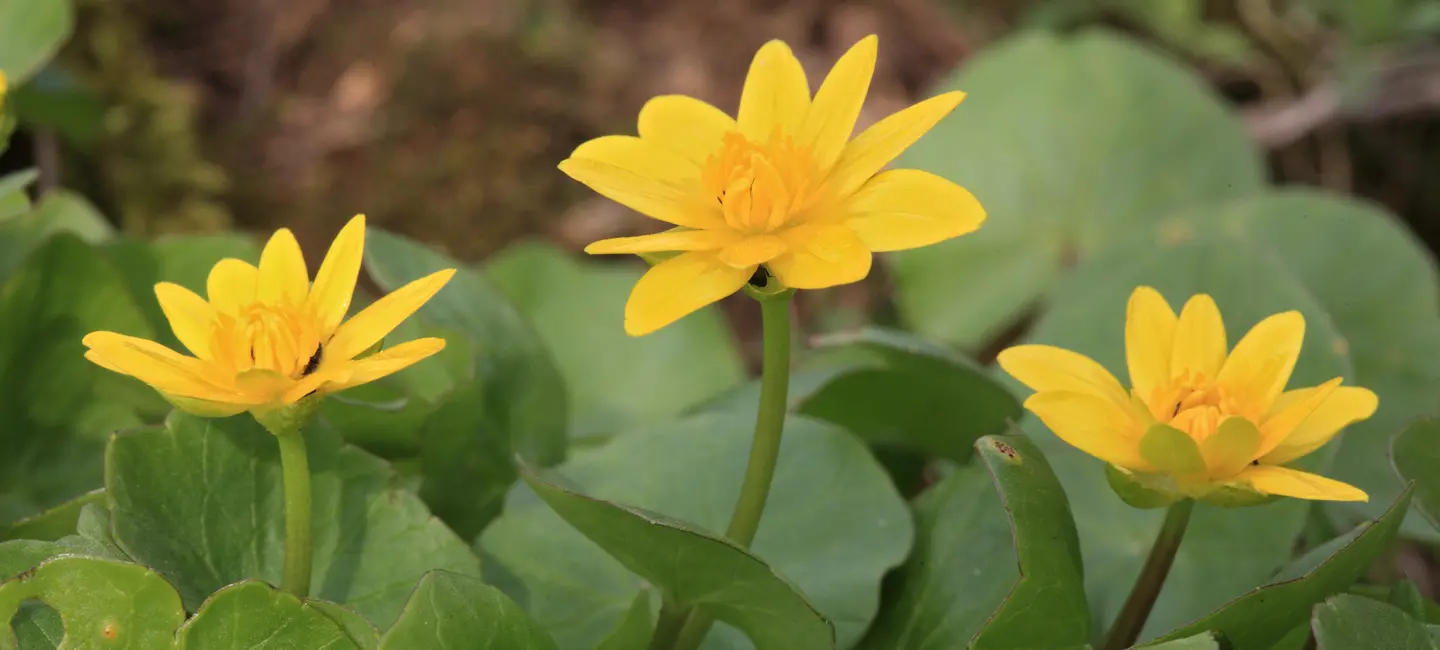
Lesser celandine is a plant. The parts that grow above the ground are used to make medicine.
Despite some safety concerns, people take lesser celandine by mouth for hemorrhoids and scurvy, a condition caused by lack of vitamin C.
Lesser celandine is sometime applied directly to the skin for bleeding wounds and gums, swollen joints, warts, scratches, and hemorrhoids.
In food, fresh leaves of lesser celandine are sometimes used in salads.
Don't confuse lesser celandine with greater celandine (Chelidonium majus) or jewelweed, otherwise known as wild celandine. Also, don't confuse lesser celandine with Scrophularia nodosa, since both are sometimes called figwort; or with amaranth and bulbous buttercup, since these are also known as pilewort.
Is It Effective?
NatMed Pro rates effectiveness based on scientific evidence according to the following scale: Effective, Likely Effective, Possibly Effective, Possibly Ineffective, Likely Ineffective, Ineffective, and Insufficient Evidence to Rate.
- Bleeding gums.
- Bleeding wounds.
- Hemorrhoids.
- Scratches.
- Scurvy.
- Swollen joints.
- Warts.
- Other conditions.
More evidence is needed to rate the effectiveness of lesser celandine for these uses.
Is it Safe?
Lesser celandine contains vitamin C. It also contains chemicals that have a drying effect, can soothe mucous membranes, and cause skin irritation. Some researchers think that chemicals in lesser celandine might kill or prevent the growth of bacteria and fungus. Other chemicals might help treat hemorrhoids.
Eating small amounts of fresh leaf sheaths of lesser celandine is POSSIBLY SAFE.
However, lesser celandine is POSSIBLY UNSAFE when fresh parts of the plant are used on skin. Putting lesser celandine on the skin can cause mucous membrane and skin irritation. The fresh, bruised plant can cause blisters if it is in contact with the skin long enough.
Lesser celandine is LIKELY UNSAFE when fresh plant parts besides the leaf sheaths are taken by mouth. Taking it by mouth can cause side effects such as severe irritation of the stomach and intestines, diarrhea, and irritation of the urinary tract. Liver damage has also been reported.
It is not known if taking dried lesser celandine or lesser celandine extract is safe.
Special Precautions & Warnings:
Pregnancy and breast-feeding: It's LIKELY UNSAFE to take lesser celandine by mouth if you are pregnant or breast-feeding. Don't use it.
It is not known if Lesser Celandine interacts with any medicines. Before taking Lesser Celandine, talk with your healthcare professional if you take any medications.
There are no known interactions with herbs and supplements.
There are no known interactions with foods.
The appropriate dose of lesser celandine depends on several factors such as the user's age, health, and several other conditions. At this time there is not enough scientific information to determine an appropriate range of doses for lesser celandine. Keep in mind that natural products are not always necessarily safe and dosages can be important. Be sure to follow relevant directions on product labels and consult your pharmacist or physician or other healthcare professional before using.
Celidonia Menor, Éclairette, Épinard des Bûcherons, Faux Bouton d'Or, Ficaire, Ficaire Fausse Renoncule, Ficaria, Ficaria Grandiflora, Ficaria Ranunculoides, Ficaria Verna, Fig Buttercup, Figwort, Grenouillette, Herbe au Fic, Herbe aux Hémorroïdes, Oreillette, Petite Chélidoine, Petite Éclaire, Petite Scrofulaire, Pilewort, Pot-au-Beurre, Ranunculus, Ranunculus ficaria, Renoncule Ficaire, Scurvywort, Smallwort.
Information on this website is for informational use only and is not intended to replace professional medical advice, diagnosis, or treatment. While evidence-based, it is not guaranteed to be error-free and is not intended to meet any particular user’s needs or requirements or to cover all possible uses, safety concerns, interactions, outcomes, or adverse effects. Always check with your doctor or other medical professional before making healthcare decisions (including taking any medication) and do not delay or disregard seeking medical advice or treatment based on any information displayed on this website.
© TRC Healthcare 2024. All rights reserved. Use and/or distribution is permitted only pursuant to a valid license or other permission from TRC Healthcare.
